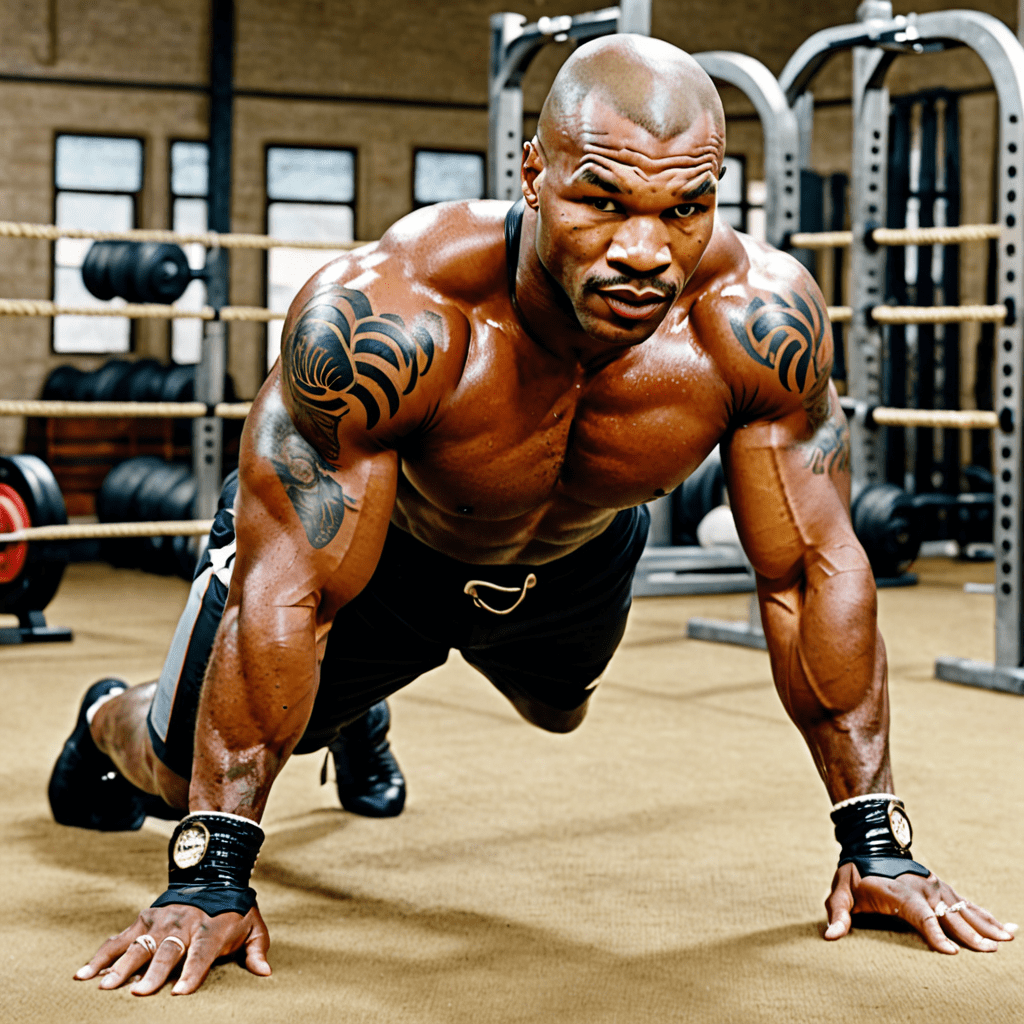
How Many Calories Does a Squat Burn?
Squats are a popular and effective exercise for building strength and toning the lower body. They primarily target the muscles in the legs, including the quadriceps, hamstrings, and glutes. But have you ever wondered how many calories squats can burn? In this article, we will explore the calorie-burning benefits of squats and how you can incorporate them into your fitness routine.
Understanding Calories and Exercise
Before delving into the specific calorie-burning effects of squats, it’s essential to understand the concept of calories in relation to exercise. Calories are a measure of energy, specifically the energy our bodies obtain from the food we consume. When we engage in physical activity, we burn calories as our bodies expend energy.
The number of calories burned during exercise depends on several factors, such as the intensity and duration of the activity, body weight, and individual metabolism. High-intensity exercises generally burn more calories than low-intensity activities, and activities performed for a longer duration also contribute to increased calorie expenditure.
Calories Burned by Squats
Squats can be categorized as a moderate to high-intensity exercise, depending on factors such as load and rep range. The number of calories burned during squats can vary from person to person, but we can estimate the calorie expenditure using average values.
On average, a person weighing 155 pounds (70 kilograms) can burn approximately:
- 223 calories during 30 minutes of moderate-intensity squatting
- 372 calories during 30 minutes of high-intensity squatting
Heavier individuals tend to burn more calories during exercise due to their increased weight and higher energy requirements. For instance, a person weighing 185 pounds (84 kilograms) would burn approximately 267 calories during 30 minutes of moderate-intensity squatting and 444 calories during 30 minutes of high-intensity squatting.
It’s important to note that these values are estimates and may vary depending on individual factors. It’s always a good idea to consult with a fitness professional or use specialized tools to get a more accurate measurement of your calorie expenditure during exercise.
Maximizing Calorie Burn during Squats
While squats alone can be a great calorie burner, there are ways to maximize their effectiveness and calorie-burning potential. Here are a few tips to consider:
1. Increase the Intensity
To burn more calories during squats, increase the intensity of your workout. This can be achieved by adding weights, such as dumbbells or a barbell, to your squat routine. The added resistance will challenge your muscles and increase the energy expenditure.
2. Engage Multiple Muscle Groups
Incorporate variations of squats that engage different muscle groups. For example, try performing sumo squats to target the inner thighs or jump squats to increase the intensity and boost calorie burn.
3. Combine Squats with Cardiovascular Exercises
Incorporating squats into a circuit or interval training program that includes cardiovascular exercises will further enhance calorie burn. Alternating between squats and exercises like jumping jacks or burpees can create a high-intensity workout with a significant calorie expenditure.
Frequently Asked Questions (FAQ)
Q: Can squats help with weight loss?
A: Squats alone may not lead to significant weight loss on their own. However, when combined with a balanced diet and regular exercise regimen, squats can contribute to overall weight loss. They help build lean muscle mass, which can increase your metabolism and calorie expenditure throughout the day.
Q: How many squats should I do to burn a specific number of calories?
A: The number of squats required to burn a specific number of calories will depend on your individual factors, such as body weight, intensity, and duration of the exercise. It’s best to focus on intensity and quality of the squats rather than a specific number. As you become fitter and stronger, you can gradually increase the intensity and duration of your squat sessions.
Q: Can I do squats every day?
A: While squats can be an effective exercise, it’s important to allow your muscles time to recover. It is generally recommended to have at least one rest day in between squat sessions to avoid overworking the muscles. Listen to your body and adjust your workout routine accordingly.
In conclusion, squats can be an excellent addition to your fitness routine if you’re aiming to burn calories and tone your lower body. Their calorie-burning benefits can be enhanced by increasing intensity, engaging multiple muscle groups, and combining squats with cardiovascular exercises. Remember to consult with a fitness professional before starting any new exercise routine, especially if you have any underlying medical conditions or injuries.


